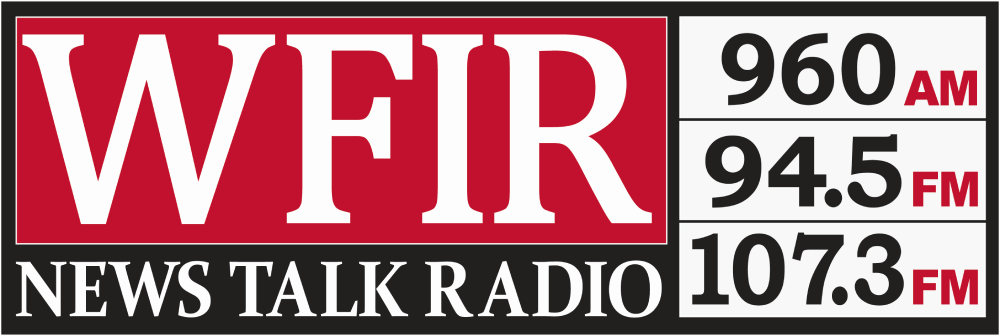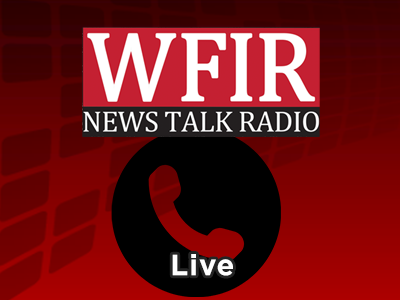
Richmond, VA (AP) — Governor Bob McDonnell’s new budget ends hundreds of millions of dollars in inflation allowances for health care and non-classroom public school programs and dramatically scales back pre-kindergarten programs. The two-year spending blueprint he presented Monday morning to the General Assembly reroutes the cash to priorities he’s already set, particularly shoring up the severely underfunded public employee pension system.
McDonnell wants nearly $259 million in higher hospitalization costs and more than $65 million in nursing home inflation adjustments eliminated from Virginia’s share of the federal-state Medicaid program. He’s targeting nearly $110 million in subsidies to retain non-classroom employees, chiefly in northern Virginia public school districts. The retirement system would get a $2.2 billion boost and public school spending would get a net boost of $438 million tied mostly to instructional purposes.
Key points in Gov. Bob McDonnell’s proposed Virginia government budget for 2012-2014. All totals represent actions taken over both years of the biennial budget.
SIZE
About $85 billion. General fund from state taxes spent on core services such as public safety, health care and public schools totals $34.5 billion, about the same as the 2007-08 biennium.
REDUCTIONS
$258.6 million saved by not funding inflation costs for hospital rates under Medicaid.
$109 million from eliminating the allowance for inflation growth in non-classroom public school support services.
$108 million in expiring federal stimulus money for public schools that the state won’t replace.
$81 million from gutting Democratic former Gov. Tim Kaine’s Virginia Preschool Initiative.
$65 million from not allowing Medicaid inflation increases for nursing homes.
$65 million cut from the state stipend that helped school districts retain non-instructional support and administrative employees from poaching by rival school systems.
$29.9 million continues reductions for indigent care at state-supported teaching hospitals.
$18.2 million cut in the Department of Medical Assistance Services by lowering income limits for eligibility for long-term care.
INCREASES
$2.2 billion previously announced boost in employer contributions to the underfunded Virginia Retirement System, about half of which comes from city and county governments.
$650 million for increased use of Medicaid, a federal-state health care entitlement program for the aged, needy and disabled that now consumes one-fifth of Virginia’s general fund.
$438 million net increase for public education, most of it to meet revised minimum curriculum benchmarks under state law including classroom staffing ratios and teacher salaries.
$230 million previously announced for higher education to offset rising tuition rates.
$100 million for economic development, including about $60 million for commitments already made to businesses in years past and $40 million for new, ongoing efforts to recruit business.
$30 million for more community-based mental health care.
A previously announced 3 percent December 2012 one-time performance bonus provided state agencies can achieve operating savings of at least $160 million.
RESERVES
$300 million in deposits into Virginia’s rainy day reserve fund, which was nearly depleted two years ago, nearly doubling it to $600 million – only half of the fund’s total five years ago.
$50 million for FACT, a new Federal Action Contingency Fund, intended as a hedge against congressional budget cuts that could hurt a Virginia economy highly on federal spending. It could be used in circumstances to which the rainy day fund would not apply.
$31.4 million as an expected unspent balance remaining at the close of the two-year budget on June 30, 2014.



